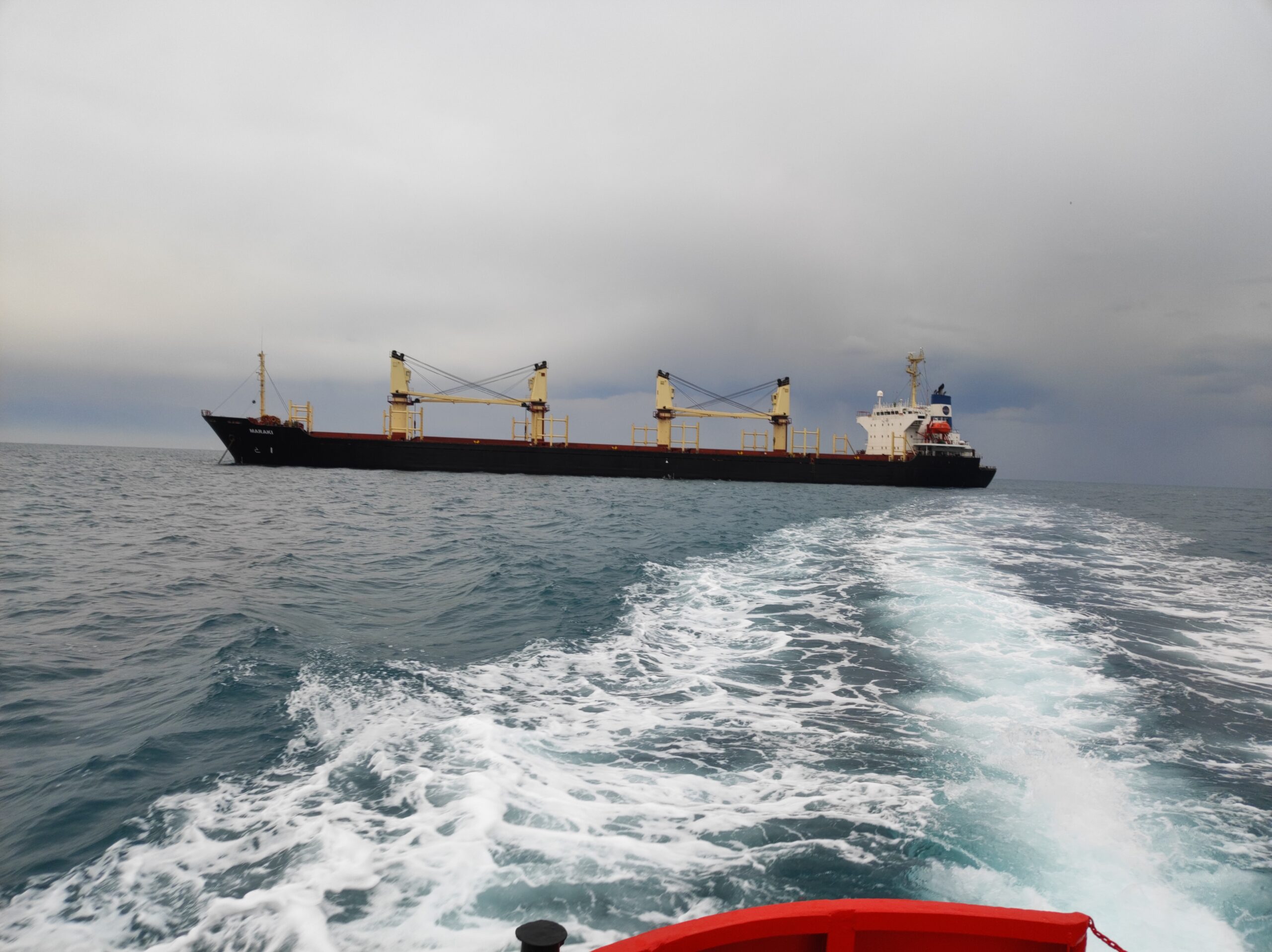What is a Charter Party? The Backbone of Maritime Contracts
A charter party is a legally binding contract between a shipowner and a charterer, governing the lease of a vessel for cargo or passenger transport. It defines roles, responsibilities, and operational terms, ensuring smooth maritime operations and minimizing disputes.
Key Purpose:
- Shipowners aim to maximize earnings while maintaining safe, profitable operations.
- Charterers seek cost-effective cargo transport without compromising safety or reliability.
(Source: Institute of Chartered Shipbrokers, Dry Cargo Chartering, 2011/2012 Centenary Edition)
Types of Charter Parties: Voyage, Time, and Bareboat
1. Voyage Charter
- Scope: Single voyage between specified ports with predetermined cargo.
- Responsibilities:
- Shipowner manages crew, maintenance, and operational costs.
- Charterer pays freight for transport.
- Best For: One-time shipments requiring simplicity and fixed costs.
2. Time Charter
- Scope: Vessel leased for a fixed period (weeks/years) with flexible routes.
- Responsibilities:
- Shipowner handles crew and maintenance.
- Charterer covers voyage costs (fuel, port fees).
- Best For: Businesses needing long-term vessel control.
- Learn more about voyage charters vs. time charters here.
3. Bareboat Charter (Demise)
- Scope: Full operational control transferred to the charterer.
- Responsibilities:
- Charterer manages crew, maintenance, and all costs.
- Best For: Companies requiring complete vessel autonomy.
Key Clauses in Charter Party Agreements
Vessel Description
- Specifies tonnage, cargo capacity, build year, and onboard equipment.
Loading/Discharge Terms
- Defines ports, cargo type, quantity, and cost responsibilities (e.g., “safe aground” clauses).
Laydays & Cancelling Date
- Laydays: Window for vessel arrival at the loading port.
- Cancelling Date: Deadline for arrival; charterer may cancel if missed.
Bill of Lading
- Legal document confirming cargo receipt and condition. Determines signing authority and dispute resolution.
Cost Allocation
- Outlines who pays for loading/unloading, hatch operations, and port fees.
Common Charter Party Forms
- GENCON 2022: Standard for dry bulk voyage charters.
- NYPE 2015: Widely used for time charters.
- BARECON 2017: Standard bareboat charter template.
- ASBAGASVOY: Specialized for gas tanker voyages.
Why Charter Parties Matter in Global Trade
- Risk Mitigation: Clear terms reduce disputes over delays, costs, or cargo damage.
- Legal Compliance: Ensures adherence to maritime laws and safety standards.
- Operational Efficiency: Streamlines logistics for shipowners, charterers, and port agents.
FAQ: Charter Party Essentials
Q: What’s the difference between voyage and time charters?
A: Voyage charters cover single trips, while time charters lease vessels for set periods.
Q: Who pays for fuel in a time charter?
A: The charterer covers fuel and port fees; shipowners handle crew and maintenance.
Q: Can a charter party be amended?
A: Yes, with mutual agreement via addendums (e.g., “Additional Clauses” in GENCON).
Optimize Your Charter Party Strategy
Need expert guidance on drafting GENCON, NYPE, or BARECON agreements? Contact our maritime professionals for compliant, risk-free contracts.




